@jimmyjazz: The title of this thread is: "
advanced-e-cig-users-and-oil-wax-how-to-one-hitter-quitter". I went back and re-read the first message in this thread, and pretty much what we've been talking about is mentioned there. Sure there are lots of parts of the long original post that no one is talking about now, but this thread is a living thing and there are a number of members (me included) that are contributing and happy and looking forward to new messages about what we're talking about now,
which is certainly within what the thread title indicates, and is in the absolute spirit of the original post. If you want to talk about things in the spirit of the thread title and original post that aren't being discussed now, feel free, or if this thread isn't to your liking why not start a new thread to talk about the parts you are interested in?
 @walrus
@walrus: Well, I'm also on a tank quest, to replace the current run of Sapphires I have which leak a little on airplanes and clog too quickly, but I'll try to keep the tank stuff down to a minimum in this thread

2clicker and I sneak in some tank stuff now and then, but my next messages will be full of pictures of coils submerged in oil. btw
@2clicker, my Sapphire leaked a little on the flight back, but the mPT3 stayed tight as a drum. (OK, I'll stop).
Haywood, this is interesting. Here are two of my pontectomy patients. They are identical-looking attires, and Joyes (as far as I know). One (ohm'ed at 2.5 ohm) as you noticed uses the thinner wire, shorter coil. The other, a 3 ohm, the one that lost its wick along with the bridge, is more like yours. But is there an additional groove on each end of your cup, where your wick lies? Do you use a long drip tip to prevent scalding your mouth on the emerging hot vapor?
I'm not convinced you've ever really had a true Joye, or maybe they really changed things from when you bought yours... Yes, the wick runs over the top edge of the ceramic, in a little groove on each end, and into the mesh. I use a really short Delrin mouthpiece, actually, not a long one. I don't scald my mouth, my oil doesn't spit, and my vapor isn't that hot. I use a thick coil which remains (mostly) submerged in oil. The coil doesn't get red hot, and the oil (mostly) doesn't burn. As I mentioned earlier, I run my atty between 7.5W and 10W, depending on what happens to be loaded.
Haywood, I've put 1/4 g into one and it's not looking like it's holding above the waistline, it's soaking into the undercarriage.
Here are some more pictures. The first two show the 2.2Ω Joye atty, at the point where my normal technique produces a slightly wispy, slightly harsh (i.e., slightly burnt) hit. The oil is at the top edge of the ceramic cup, and you can see the coil and wick, though the wick is still saturated. This is when I know that either the atty is empty, or there's a still a pool of oil, except it's everywhere but on the coil and wick. I could still take a bunch of hits at this point, and the heat would keep melting some of the oil, but there's little reason. The first pic is a top view (with labels), and the second one is at a slight angle so you can see the inside of the atty shell. The whole shell, from the top of the ceramic cup to the top edge of the shell is only 15mm, and the part of the drip tip that goes into the shell takes up almost 7mm of that. Talk about a tiny chamber; not very much space in there! If you look hard enough at the angle view, you can see that at the top of the inside of the atty shell, where the drip tip extends into it, isn't coated with condensed oil vapor. It's light instead of covered in dark oil.


When the character of the hits change, I take a look in the atty, and if it's like the above pictures, rather than just empty, I use the blunt tool I described previously (basically a short darning needle with gaffer tape wrapped around the top), which I heat up a bit (not hot enough to vaporize the oil!), and run around the top of the mesh surround where it contacts the shell. The first picture below is the first run around, where I'm not concerned with what's on the inside of the shell, but rather in what's sitting on top of the mesh. I hold the tool steady, and rotate the atty 360° a couple of times. I angle the tool so the oil goes on the coil and in the ceramic cup (not on the shell). If you look at the first picture, you can clearly see the mesh, and you can no longer see the ceramic cup and coil (because they're covered in the oil that was on the mesh now). You can also see that there's a lot of oil still on the inside of the shell. I make a second pass with the tool, this time angling the tool so that it scrapes clean the sides of the shell, and pushes any oil that's still left on the mesh into the glob covering the coil. I then heat the tool again, just enough for the oil on the tool to become runny, and it drips right on top of the mound of oil in the cup. The eight white "dots" you see in the two pictures are the LEDs in my microscope, not aliens landing. The glop of oil to the left of the first picture (at 9 o'clock) is where I pulled the tool out after I was finished with the first "pass" and the oil on the tip of the tool stuck to the side of the atty. After the second "pass" that's all gone, the inside of the atty is pretty much devoid of oil, and it's all sitting on top of the coil. Takes about 30 seconds to do it all.


I'll take some picture of the atty "full" when the current load runs out, and I add more concentrate. I've put at least five or ten grams of all kinds of stuff through this atty so far. Never cleaned it, not once. The coils are still pristine, though the wick is starting to look a bit grungy... My other active Joye atty only gets one kind of concentrate, and its wick is still pretty much white.
The wire on my rda setup doesn't glow when doing a single hit. Maybe if I loaded a tiny dab onto a dry coil and held the button too long. If the wick/coil is really dry, load a tiny bit on top and pulse the heat to melt it into the wick, then load your dab and go.
Get to know how your coil responds and then control your heat with the button. If you load a small dab and then mash the button for 10 seconds, yeah you will probably burn your oil. With my current coil setup I take about an 8-10 second inhale. During that inhale Ill depress the button for the first 3-4 seconds, then lay off it for 2-3 secs, then hold it again for the final 3-4 seconds. Draw speed plays a roll as well. The technique can change a little depending on the coil I build. If it's a more responsive, hotter coil the initial press may be shorter. A cooler running coil and I press the button longer or maybe even throughout the entire hit.
There is a bit of a learning curve to find the sweet spot, like with a nail. I've seen people dab off of a red hot ti nail, burn the dab and spray oil right off of the nail. Also done dabs way too cool and they just pool up in the nail. Same thing on the rda, might just take a couple tries to dial it in. Most people I share with pick it up quickly after brief instruction.
It can help to hit your pen through glass of some sort. I sometimes use a small piece of silicone tubing over the drip tip to mate my pen with a PNWT. Seeing the vapor build in the glass can make it easier to dial in your technique.
I quote walrus because what he wrote is worth re-reading, and he's giving insights that are not only valuable, but often illusive. Learning how to recognize what your equipment is telling you is the only way to get the most of it. It's mentioned in almost every thread here, somewhere.

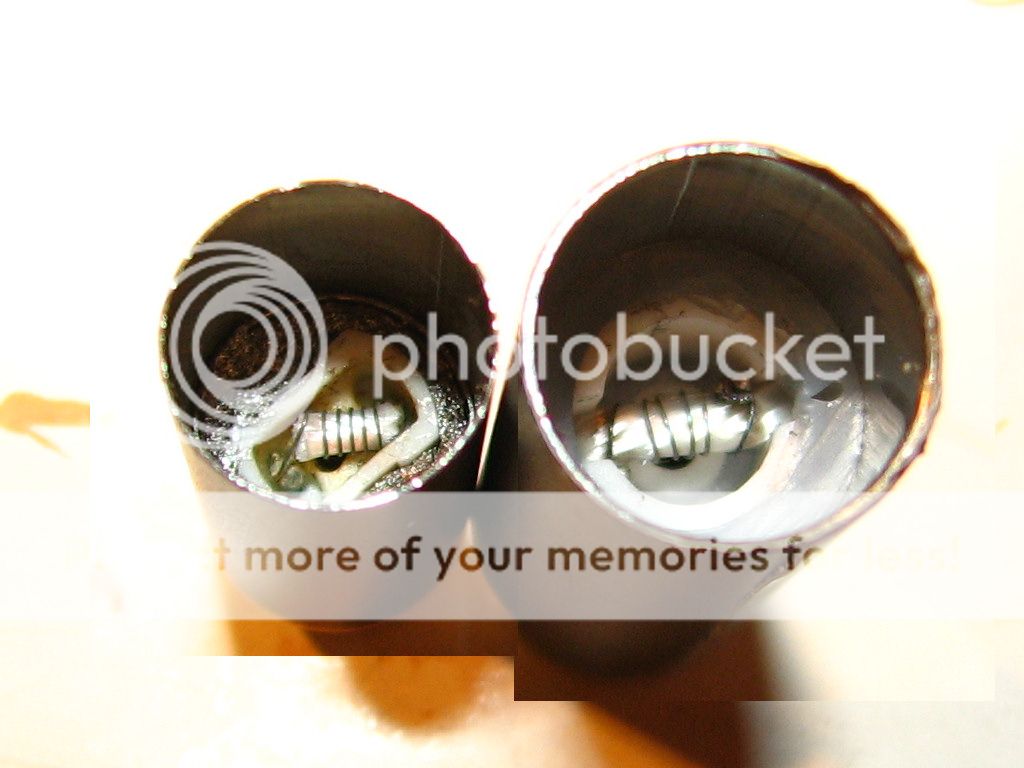
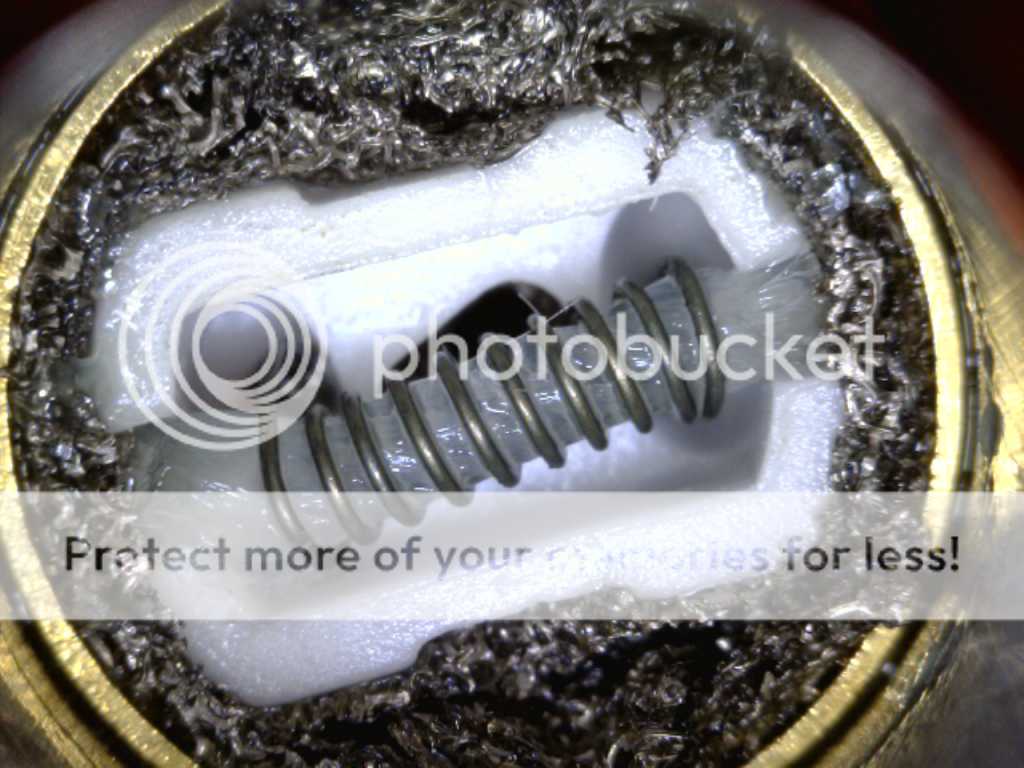
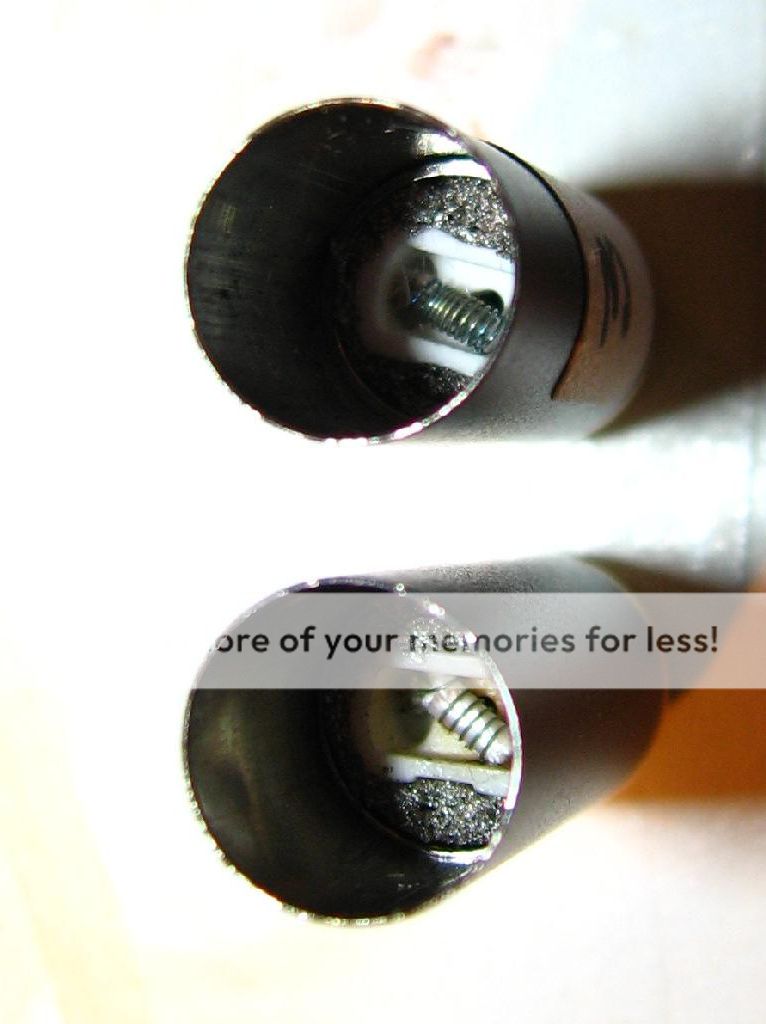
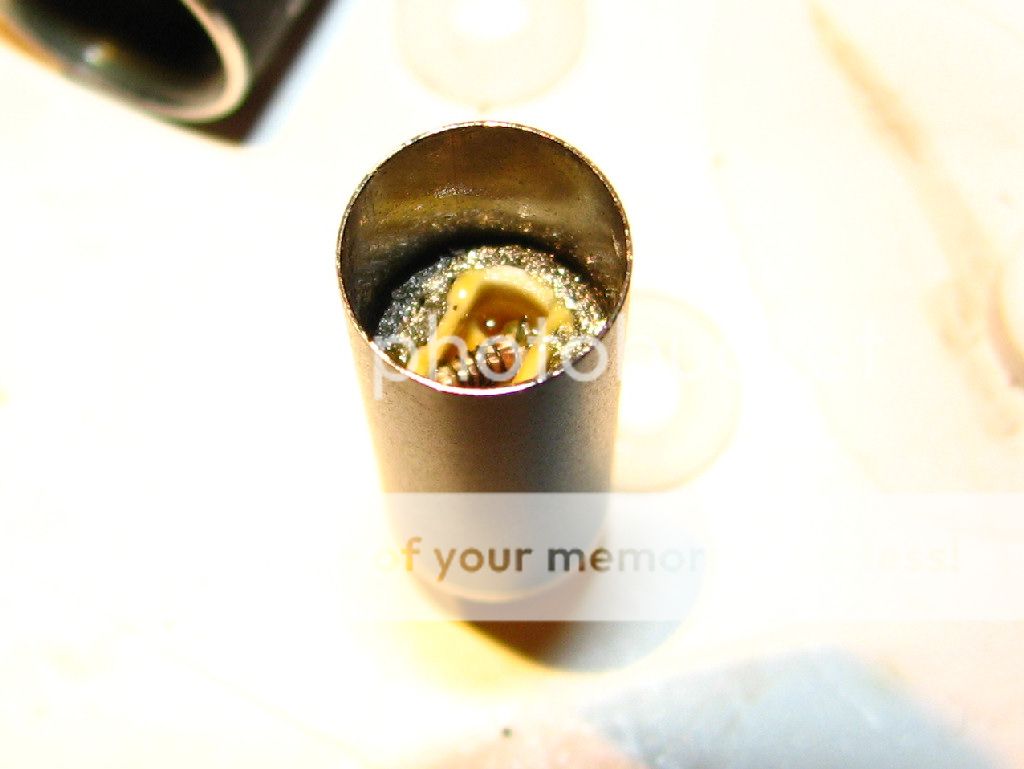
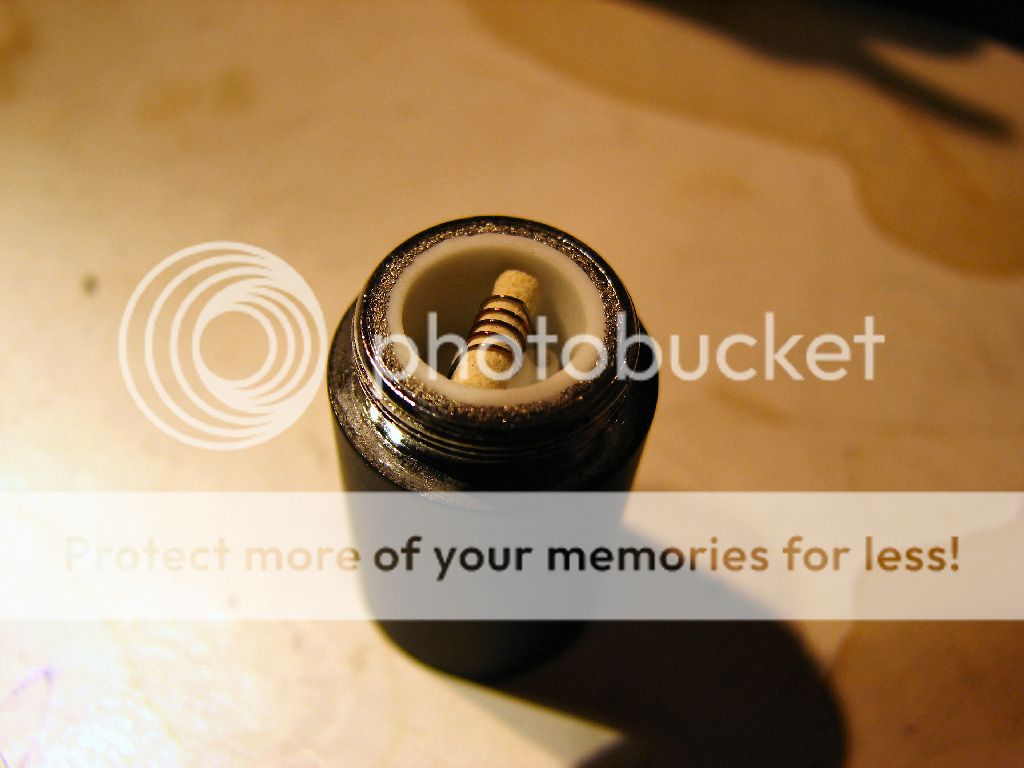
 , just insanely busy this week. Not sure I'll be able to properly respond until I get back home on Monday. Turn the atty upside-down, hold the 510 end with a pliers, and torch the shell. Have something ready to catch the oil. Or put the atty mouthpiece end down on a plate and put it in a 120° oven. Or something like that. Don't let it get hot enough to vaporize the oil. Pictures of my atty with the oil completely covering the cup and mesh next week.
, just insanely busy this week. Not sure I'll be able to properly respond until I get back home on Monday. Turn the atty upside-down, hold the 510 end with a pliers, and torch the shell. Have something ready to catch the oil. Or put the atty mouthpiece end down on a plate and put it in a 120° oven. Or something like that. Don't let it get hot enough to vaporize the oil. Pictures of my atty with the oil completely covering the cup and mesh next week.




